 Abraham Lincoln
If given the truth, the people can be depended upon to meet any national crisis...
Abraham Lincoln
If given the truth, the people can be depended upon to meet any national crisis...
 Guildford news...
for Guildford people, brought to you by Guildford reporters - Guildford's own news service
Guildford news...
for Guildford people, brought to you by Guildford reporters - Guildford's own news service
Birdwatcher’s Diary No.51
Published on: 16 Dec, 2013
Updated on: 16 Dec, 2013
By Malcolm Fincham
With the rare of sight of the sun shining brightly by late morning on Sunday December 8, I decided to delay my chores of putting the remainder of the Christmas decorations up in my home. Instead, I invited my wife on a trip to the seaside – Farlington Marshes to be precise. A journey down the A3, shortened greatly in the last few years since the construction of the Hindhead Tunnel.
The change of season since my previous visit and Dragon News report back in September brought with it a noticeable change in types of bird too.
With all our summer migrants having now left our shores, it was the turn of winter species to visit. As on my last visit however, I was once again welcomed by a resident bird near to the car park – the kestrel.
While I watched and took a few record shots, it took to the air hovering in its usual pose over an area of scrub land. Noticing his eyes were set firmly toward the ground beneath him, I moved a little closer, he then made a dive momentarily disappearing out of sight into the long grass beneath him.
Taking the opportunity of moving even closer I was pleased to capture a few shots as he re-emerged carrying a small mammal in his talons.
My next species of interest were the brent geese – the first 14 of which arrived back as early as September 23 this year and can now be seen in their thousands at the reserve.
They have flown from their Arctic breeding grounds and have made a 5,000 mile round trip since they left our shores in the direction of Siberia back in March.
Among the large flocks of brent a number of Canada geese could be seen and even a couple of other geese of dubious origin?
At first glance and from a distance I was quite excited in that I had spotted my first UK sighting of a North American snow goose. However, having rubbed my eyes a few of times and cleaned the lenses on my binoculars and with a tuneful recollection of the classic 1970s album Snow Goose, by the progressive rock group Camel still playing in my thoughts, I realised its markings didn’t fit the description of one.
This was later confirmed when I e-mailed some of the pictures to a guy named Keith, the county recorder of the Hampshire Ornithological Society, who confirmed my thoughts: although it was a sort of snow goose, it wasn’t a wild one.
Also standing by it was a hybrid of a Canada / barnacle goose, but I was just happy to get a few pleasing shots and indeed to get two unusual geese in one picture before the “sort of” snow goose decided to take flight heading toward the low winter sun.
Also feeding near to the brent geese on the grassy areas were a number of black-tailed godwits.
At times on my walk I found the sky to be filled with many different species of wildfowl including lapwing, shoveler, teal and wigeon, allowing me to take a few action shots. Always my personal favourite type, and even capturing one of a small flock of meadow pipit in flight.
My most treasured pictures of the day had to be the ones I took at the reed bed area on the last leg of my walk. Having got a few record shots of one of a number of reed bunting feeding there and also one of a common snipe showing unusually well, I was alerted by the “pinging” sound of several of bearded tit, or bearded reedling as they are now called. That is since it has been discovered they are not actually members of the tit family.
Following the sound, I located them and although difficult to pick them out I was rather pleased with some of the results when I got home to properly view the pictures I had taken.
Not being able to venture down to the Stoke Reserve in the last few weeks due to work commitments and short daylight hours, I was most grateful of updates from a local nature enthusiast Paul, who informs me that a kingfisher continues to be sighted there. Often it takes up a position at the far end of Stoke Lake near to the outlet stream.
Fortunately for me, a kingfisher has continued to show well in backwaters of Shamley Green during the past week or so, allowing me great opportunity for more photos.
Unlike the pictures I featured in my previous reports, I couldn’t help but notice this one had a small amount of orange on its mandible (lower bill), suggesting to me it was a female. Also viewable in some of the pictures is a small amount of white at the tip of its bill, leading me to guess that this was a juvenile – a youngster from the summer just gone?
Recent Articles
- Men In Their 60s Arrested After Fight At Newlands Corner
- New Cancer Charity Offers Support To Patients On Road To Recovery
- Councillor Calls on Colleagues To Stop Patronising Parents of SEND Children
- ‘Catapults Must Be Treated Like Knives’ Says Deputy Police Commissioner
- New Study Shows Promise In The Diagnosis of Poor Blood Circulation
- Fake News To Be Examined at the Guildford Institute
- Updated: Crop Fire Destroys Wheat Field on the Slopes of the Hog’s Back Near Guildford
- Update: Roadworks Planned for Portsmouth Road Postponed
- Guildford Students’ Artwork on Display at the National Gallery
- Thames Water Announce Hosepipe Ban – But Not for Guildford



Search in Site
Media Gallery
Dragon Interview: Local Artist Leaves Her Mark At One of England’s Most Historic Buildings
January 21, 2023 / No Comment / Read MoreDragon Interview: Lib Dem Planning Chair: ‘Current Policy Doesn’t Work for Local People’
January 19, 2023 / No Comment / Read MoreA3 Tunnel in Guildford ‘Necessary’ for New Homes, Says Guildford’s MP
January 10, 2023 / No Comment / Read More‘Madness’ for London Road Scheme to Go Ahead Against ‘Huge Opposition’, Says SCC Leader
January 6, 2023 / No Comment / Read MoreCouncillor’s Son Starts Campaign for More Consultation on North Street Plan
December 30, 2022 / No Comment / Read MoreCounty Council Climbs Down Over London Road Works – Further ‘Engagement’ Period Announced
December 14, 2022 / No Comment / Read MoreDragon Interview: GBC Reaction to the Government’s Expected Decision to Relax Housing Targets
December 7, 2022 / No Comment / Read MoreHow Can Our Town Centre Businesses Recover? Watch the Shop Front Debate
May 18, 2020 / No Comment / Read More



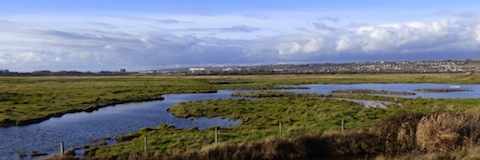

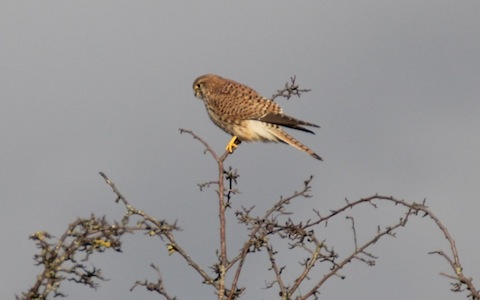
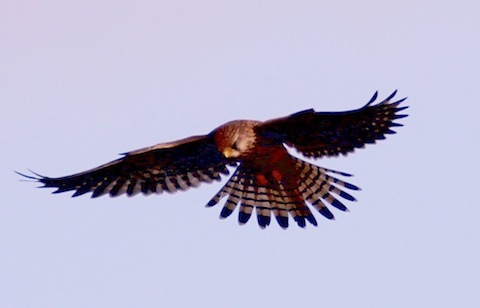

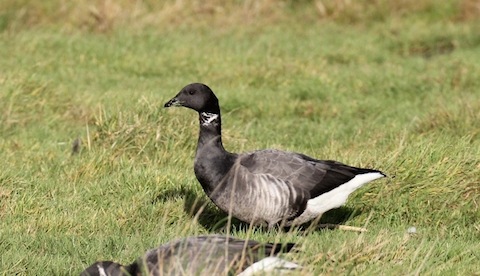

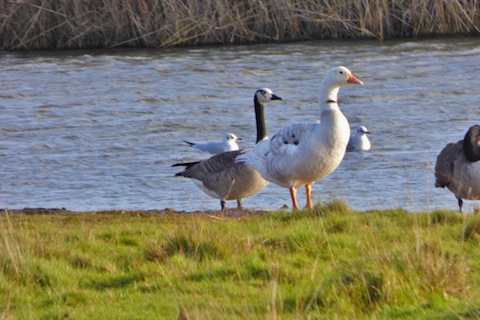
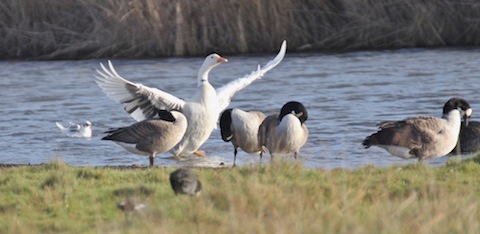

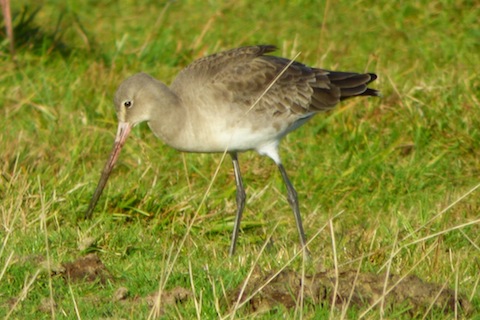


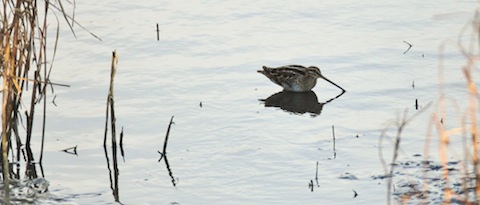
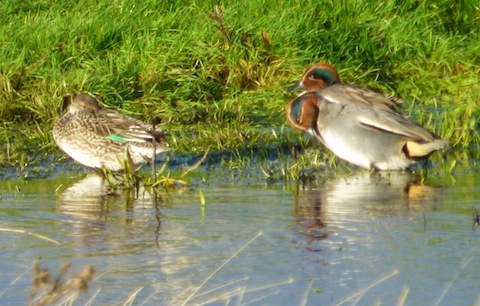

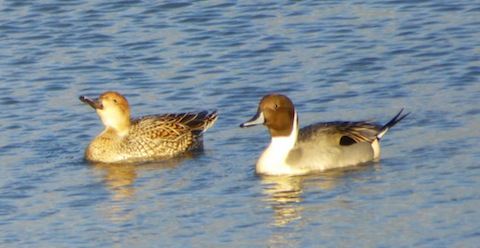
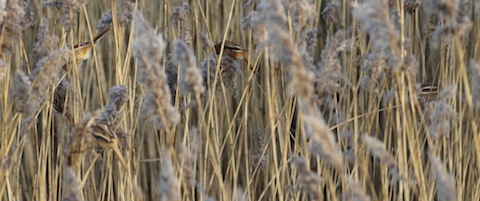
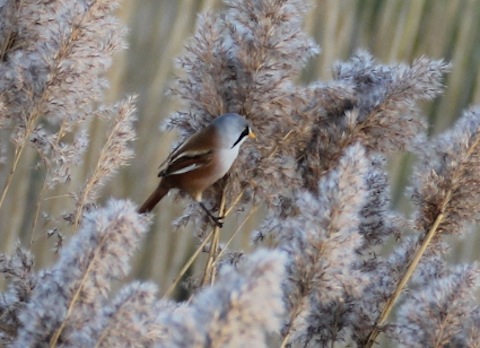

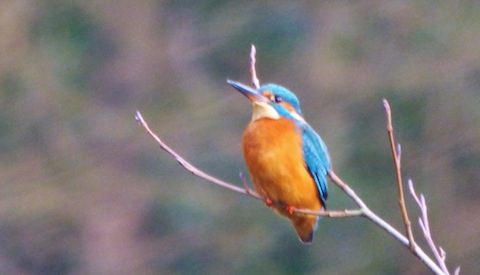
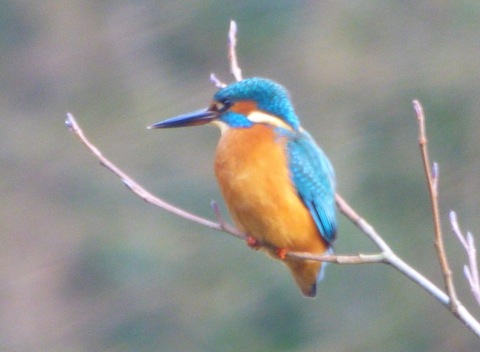
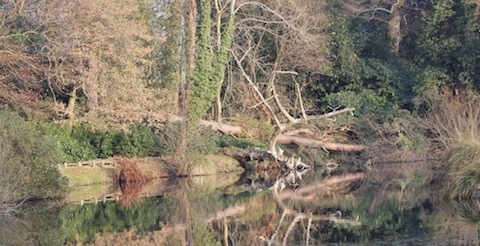









Recent Comments